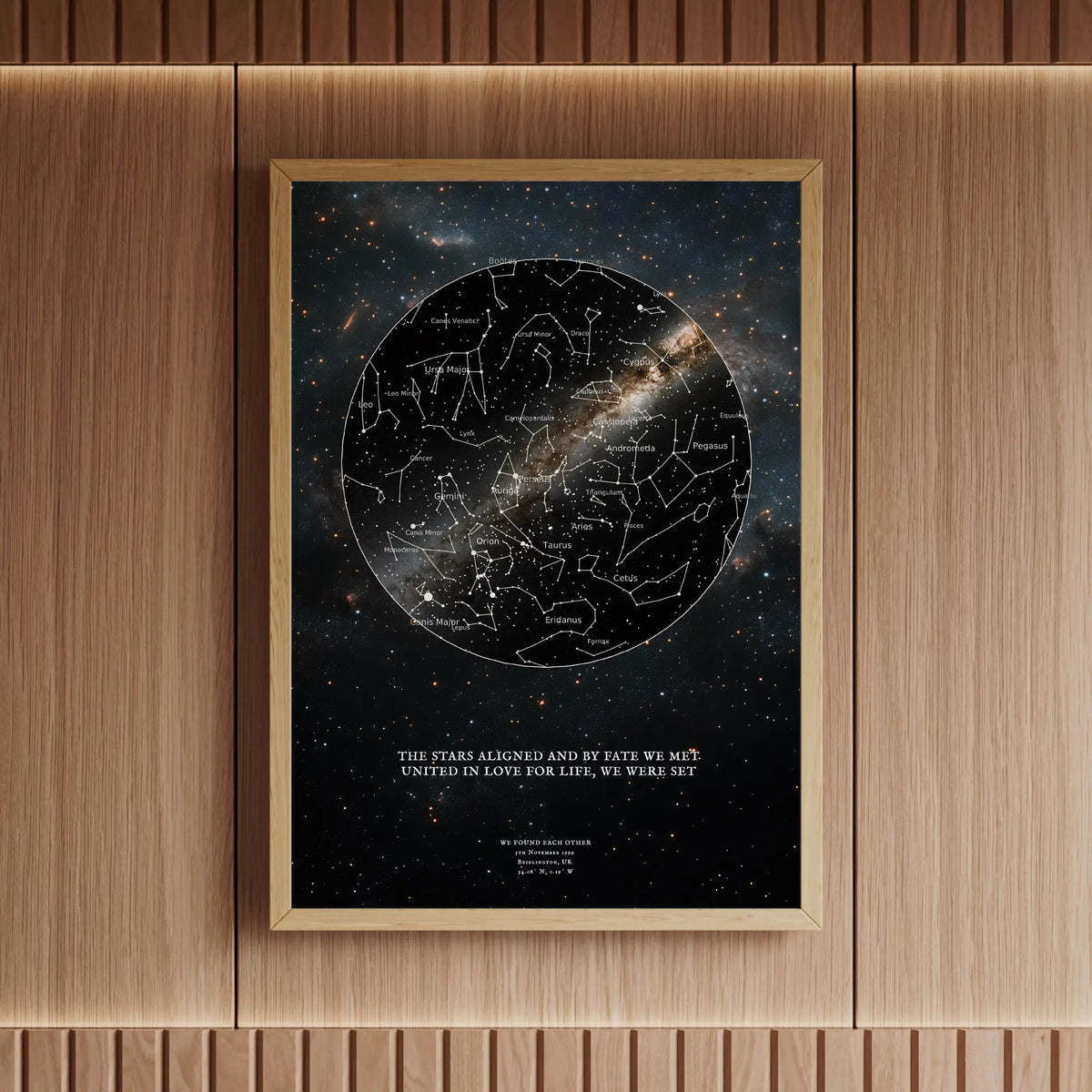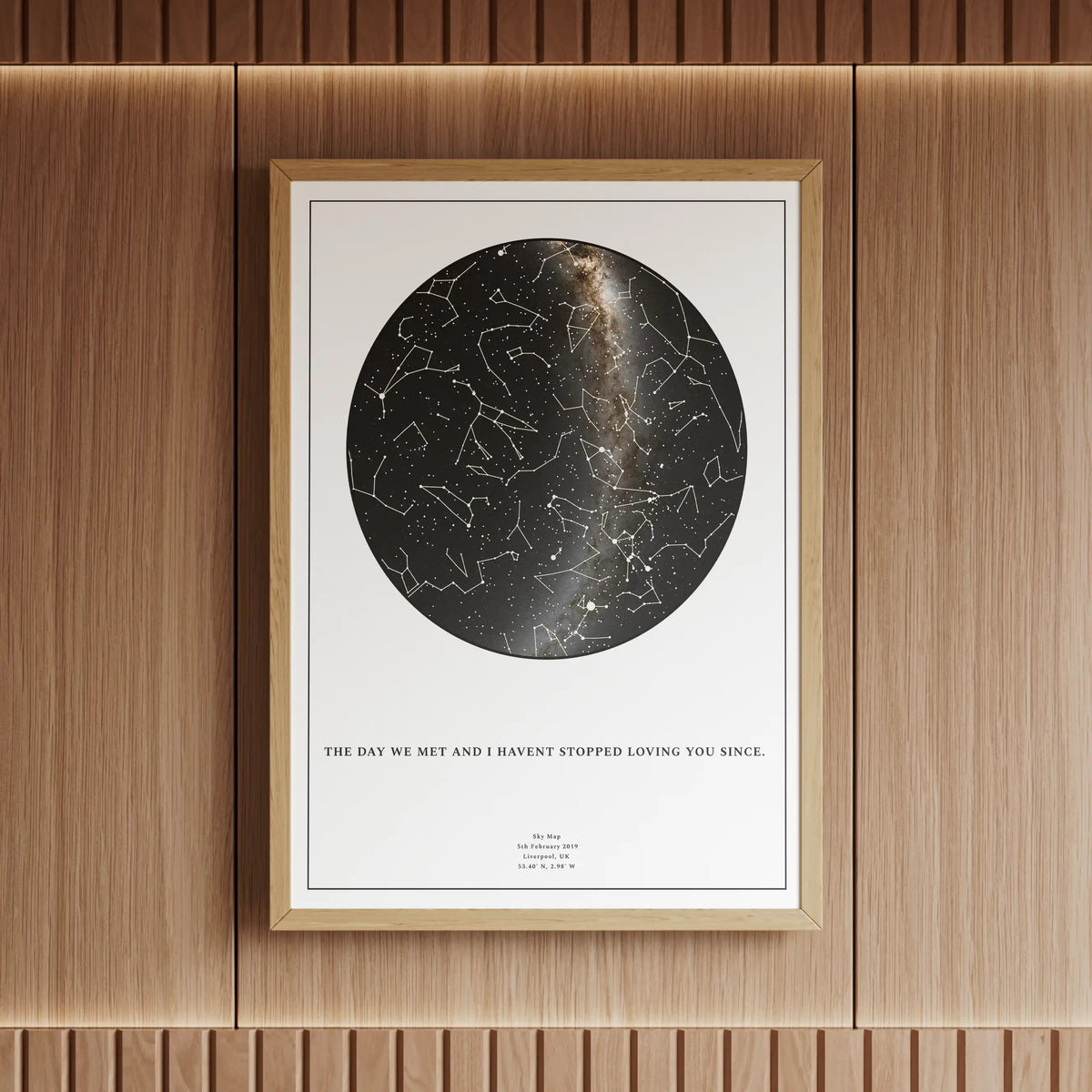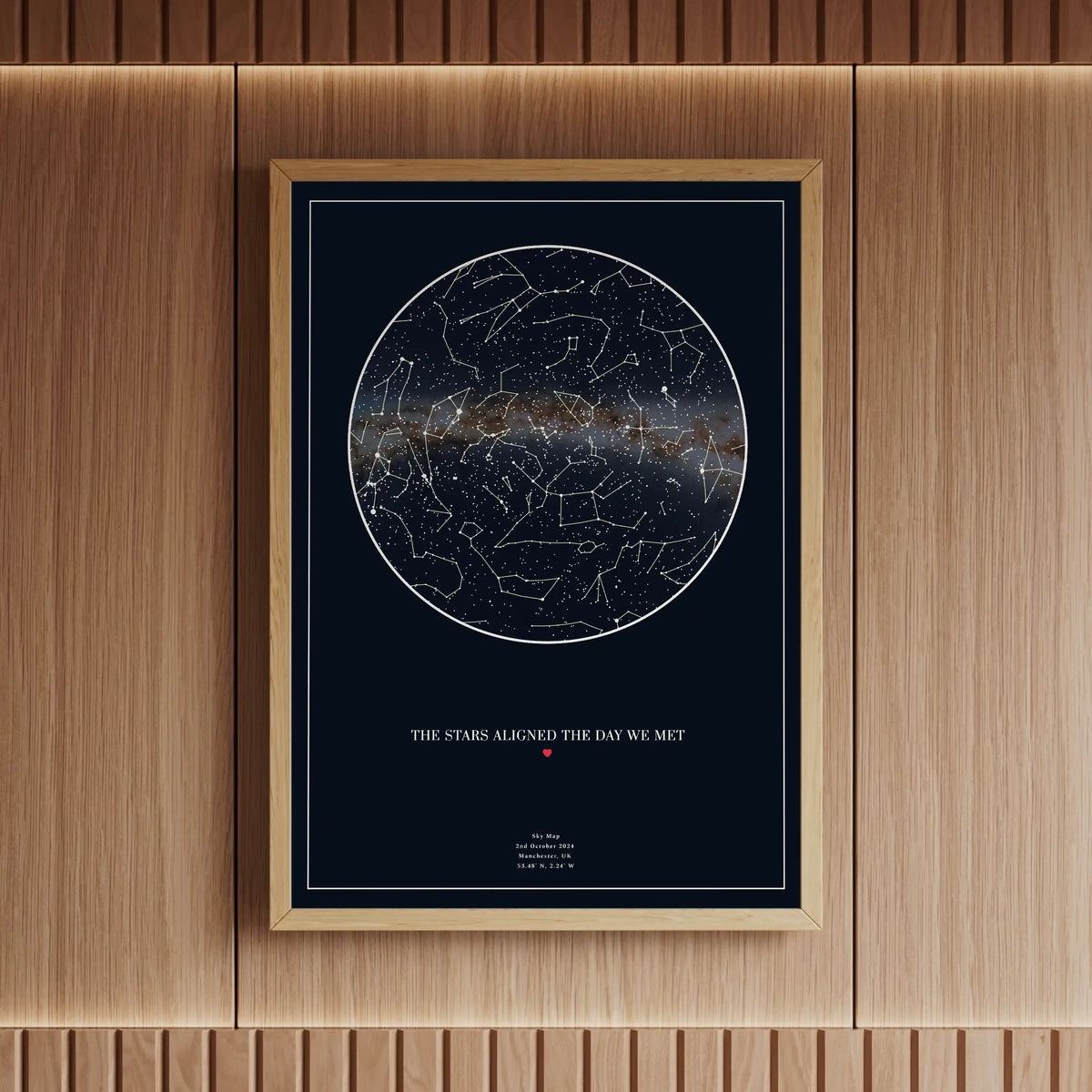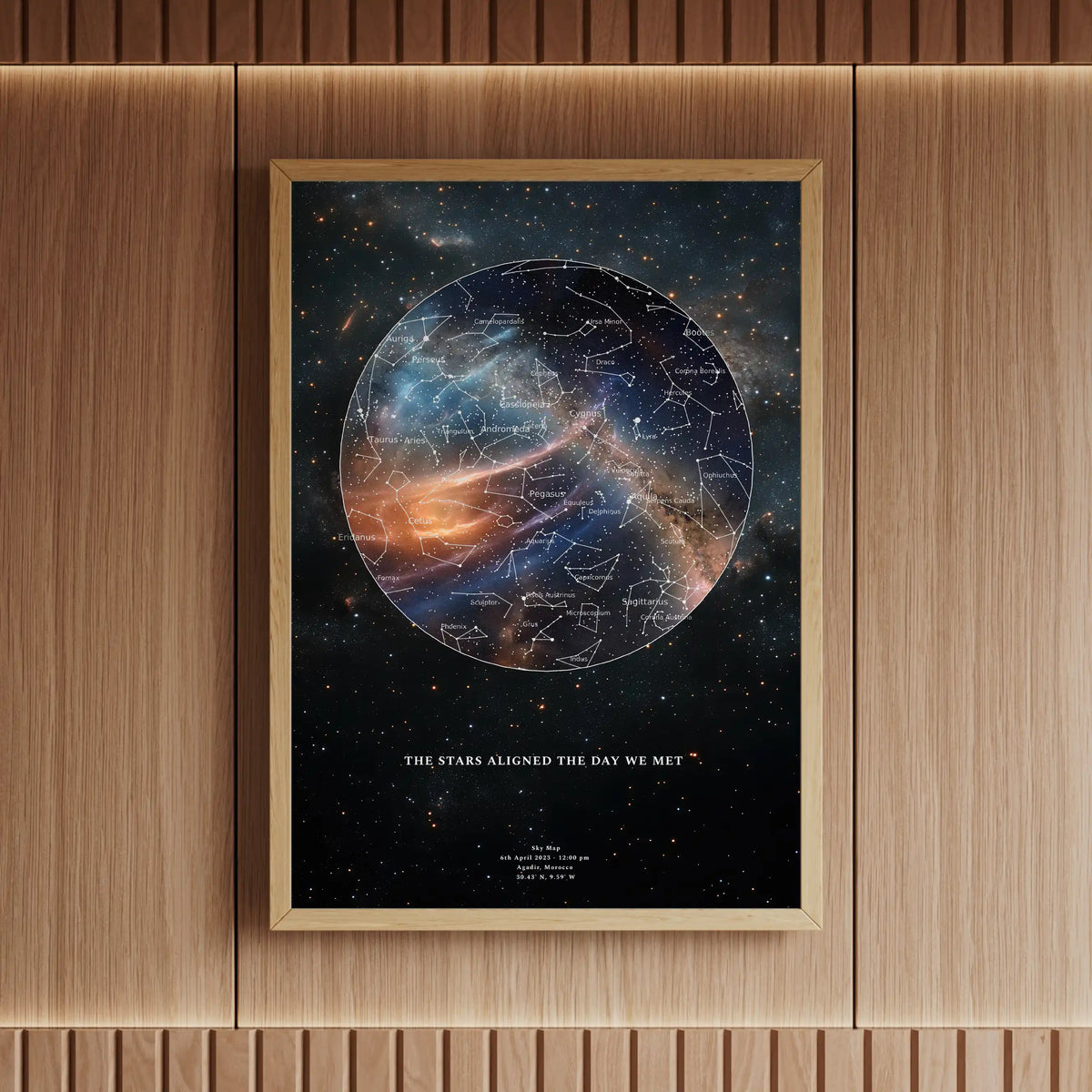High above the swirling gas of YSES-1c, shimmering clouds of mineral dust—possibly even iron—drift in strange formations, occasionally condensing into metallic rain. This jaw-dropping discovery by the James Webb Space Telescope (JWST) challenges everything we thought we knew about exoplanet climates and atmospheric dynamics.
Introduction
When we look up at Jupiter’s Great Red Spot or Saturn’s rings, we see storms fueled by water, ammonia and other familiar gases. But on YSES-1c—a gas giant orbiting the star YSES-1, 307 light-years from Earth—storms are driven by mineral dust and perhaps even droplets of iron. Astronomers have now, for the first time, directly detected such high-altitude clouds on an exoplanet, thanks to JWST’s unprecedented infrared sensitivity.
Discovery Details
The JWST team trained its NIRCam and NIRSpec instruments on YSES-1c as part of a broader survey of young exoplanets. While imaging the planet in multiple infrared bands, they noticed subtle scattering signatures inconsistent with typical hydrogen-helium atmospheres. Spectral analysis revealed absorption features matching silicate and iron-oxide minerals—indicative of dust particles lofted high above the planet’s clouds.
“This is the first time we’ve seen mineral dust clouds so clearly on an exoplanet—it’s like storm clouds made of metal.”
Scientific Implications
These observations force us to rethink exoplanet meteorology. On Earth, clouds form when water vapour condenses. On YSES-1c, temperatures near 1,000 K allow refractory materials—those with high melting points—to vaporise and then condense into dust at high altitudes. Such clouds likely influence the planet’s albedo, thermal profile and potentially its magnetic environment if iron particles play a role in conductivity.
Formation Mechanisms
Scientists propose that strong vertical winds lift dust from deeper atmospheric layers, where temperatures exceed 1,500 K and minerals exist in vapour form. As this material rises and cools to around 900–1,000 K, it condenses into solid grains of silicates (like olivine) and iron compounds. Periodic updrafts could trigger “rain”—iron-rich droplets that fall back through the atmosphere, evaporating and restarting the cycle.
Comparisons with Solar System
While Jupiter and Saturn show cloud bands of ammonia and water, and Venus boasts sulphuric acid clouds, no Solar System planet exhibits mineral or iron clouds. Understanding YSES-1c thus broadens our view of atmospheric chemistry and highlights JWST’s role in uncovering phenomena beyond Earthly analogues.
Skylit Studio Outlook
At Skylit Studio, our personalised star and Moon maps celebrate the cosmic diversity.
Create Your STAR MapConclusion
YSES-1c’s mineral dust clouds and potential iron rain challenge the limits of planetary science, opening a new chapter in exoplanet meteorology. As JWST continues to survey distant worlds, we can expect more surprises—each one a testament to the endless wonders awaiting our exploration.










